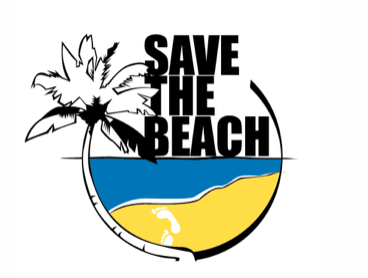Rebuilding coral reefs
CO2RALS by ING3D
Using purely mineral 3D printing by ING3D GmbH, it is possible for the first time to print natural support elements for corals that are not made of concrete, plastic or other synthetic materials. The individually printed elements are anchored in the sea and can be observed by means of permanently installed underwater cameras as corals colonise them.
Print your own coral, watch it grow and see how biodiversity returns to our ocean


Rebuilding coral reefs
– through innovative 3D printing technology
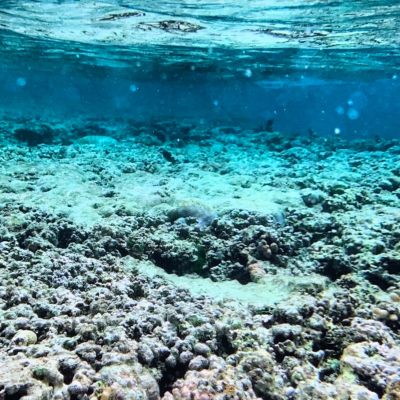
Problem
Coral bleaching is mainly caused by the over-acidification of the seas coupled with the increased temperature. This leads to the dissolution of the lime layers – comparable to removing lime in a kettle, the surfaces of the coral reefs thus dissolve and the corals cannot continue to grow and die.
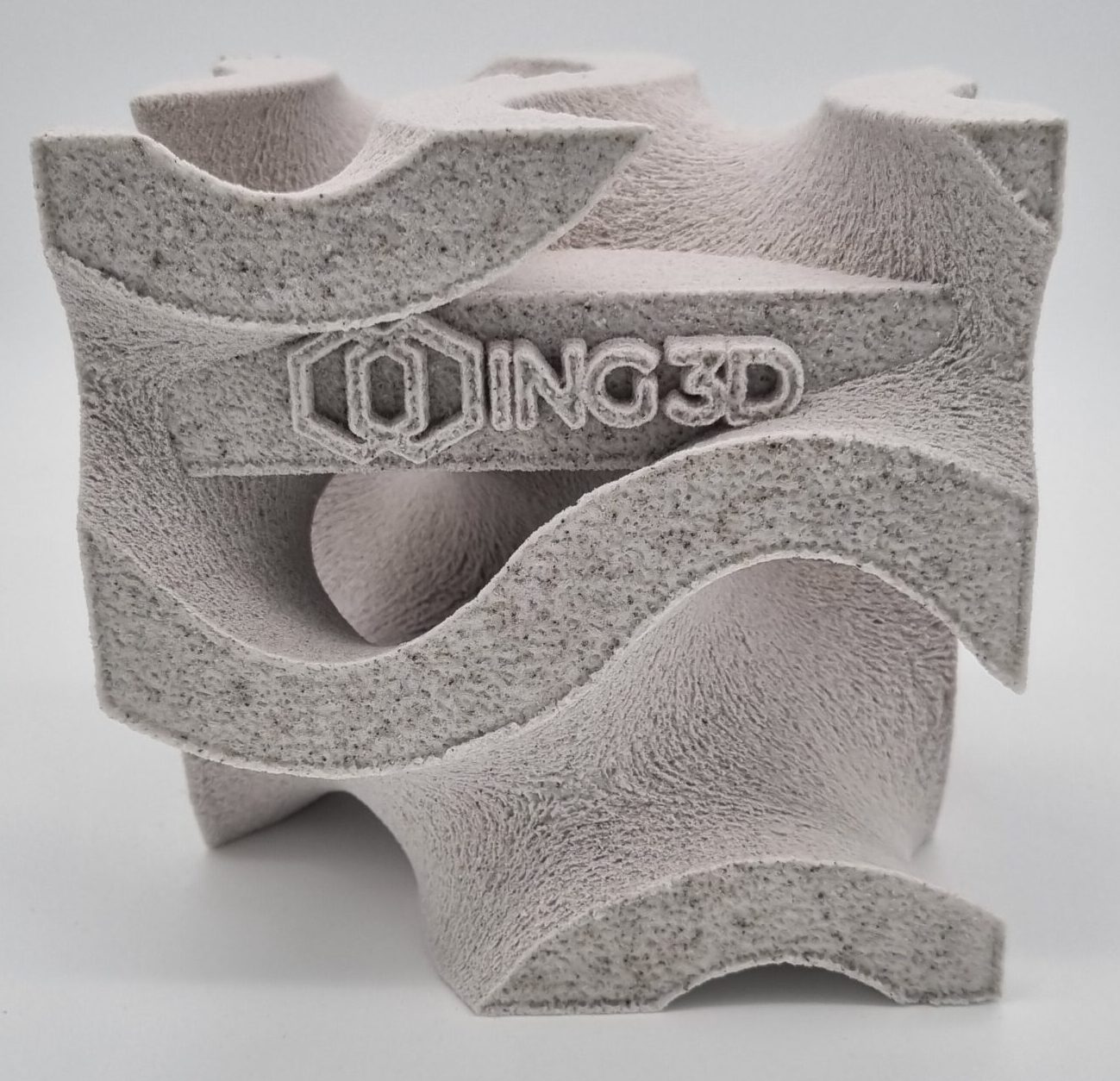
Solution
Our material is pure volcanic sand that remains stable in acids and high temperatures. This gives the coral larvae a better starting position. Additionally the porous 3D-printed material has a filtering effect on heavy metals and is instantly a natural looking breakwater – like the corals itself. With now more efficient growing corals, CO2 from the sea water can be faster converted in stable lime and the recovering fish population binds additional CO2.
With the drill-like 3D-printed shape we can easily fix the coral substrates on the seabed without using concrete or steel reinforcement like most other coral reafforestation programms.
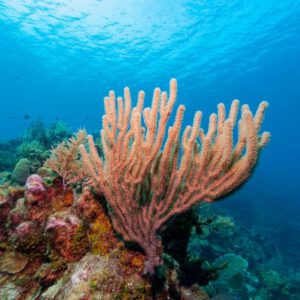
Vision
In the first step, the coral support elements are printed and anchored on the coasts. Later, heat-resistant local coral larvae from the University of Oldenburg will be attached to the surface in advance so that the renaturation can begin as soon as the components are in the sea. In the long term, the components will be produced directly on the coasts from local sands using solar light.
How It Works
The Printing
With the help of the latest 3D printing technology we are able to print a coral out of mineral material.
Logistics
After printing, the corals are shipped to the Maldives and anchored in the sea by local organisations. Through an underwater camera, it will be possible to observe the new habitat.
Creation of a new coral reef
With the support of our project, not only the coral reefs and thus the entire associated underwater ecosystem are rebuilt. Everyone can watch their coral reef grow and thrive every day. Permanently installed cameras in the sea give everyone the opportunity to continuously watch the individually printed component with your name or logo. Your personal aquarium!
About CO2RALS
Since the start of the mineral 3D-printing company ING3D in 2018, we had the idea to print pure coral substrates to start renaturalize the destroyed reefs. All other projects for rebuilding reefs we saw were encouraging, but with the unnatural materials they used like steel, concrete or even plastic, it occured to us – we can do better! After six years development – from the first prototype to our industrial pilot plant – we are finaly able to start the CO2RALS-project. The huge positive feedback we had so far – from cooperation partners, customers and friends – motivated us even more to start with the first step of many for a bright future with intact reefs and a vivid ocean.


Our Partners
Address:
ING3D GmbH
Schwabacher Straße 512
90763 Fürth
Phone:
+49 (0)911 3767 8668
Email:
For Companys
Get in touch: info@ing3d.de



